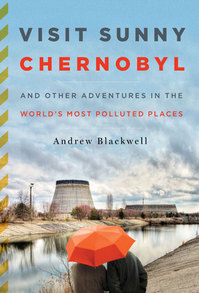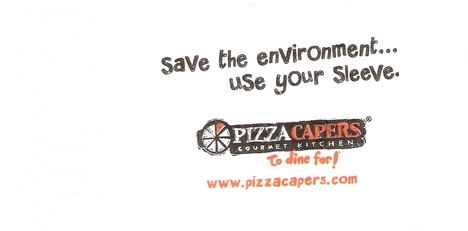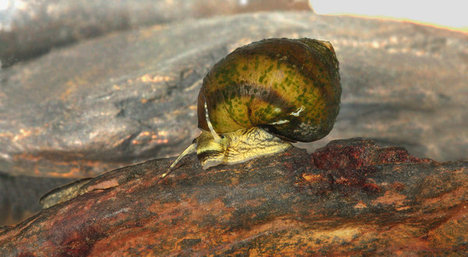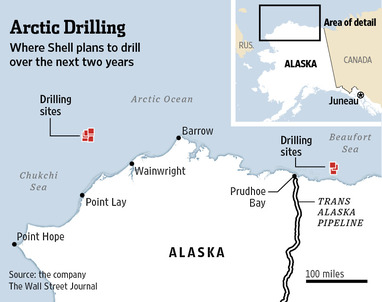 “Any takers?: Two EV chargers sit unused in White Plains, MD.” Source of photo: http://metablognews.com/wp-content/plugins/rss-poster/cache/d6fff_MK-BP785_CHARGE_G_20111016172708.jpg Source of caption: slightly edited from print version of the WSJ article quoted and cited below.
“Any takers?: Two EV chargers sit unused in White Plains, MD.” Source of photo: http://metablognews.com/wp-content/plugins/rss-poster/cache/d6fff_MK-BP785_CHARGE_G_20111016172708.jpg Source of caption: slightly edited from print version of the WSJ article quoted and cited below.
(p. B1) When McDonald’s franchisee Tom Wolf built his latest restaurant in Huntington, W. Va., late last year, he installed two chargers for all-electric cars so customers could juice their batteries while eating. So far, the charging station has been used a few times.
. . .
Across the U.S., such equipment is proliferating even though it is unclear whether plug-in cars will prove popular.
. . .
Fewer than 15,000 all-electric cars are on U.S. roads, says Plug In America, a group promoting the technology.
. . .
(p. B11) Charging equipment is popping up largely because of subsidies. As part of a $5 billion federal program to subsidize development of electric vehicles and battery technology, the U.S. Energy Department over the past two years provided about $130 million for two pilot projects that help pay for chargers at homes, offices and public locations.
. . .
Opinions vary on demand. J.D. Power & Associates expects all-electric vehicles will account for less than 1% of U.S. auto sales in 2018, or about 102,000 cars and light trucks. Including hybrids and plug-in hybrids the market share is forecast at 8%.
“The premiums associated with these products are still more than what the consumer is willing to bear,” says Mike VanNieuwkuyk, executive director of global vehicle research at J.D. Power.
For the full story, see:
JAMES R. HAGERTY And MIKE RAMSEY. “Charging Stations Multiply But Electric Cars Are Few.” The Wall Street Journal (Mon., OCTOBER 17, 2011): B1 & B11.
(Note: ellipses added.)








